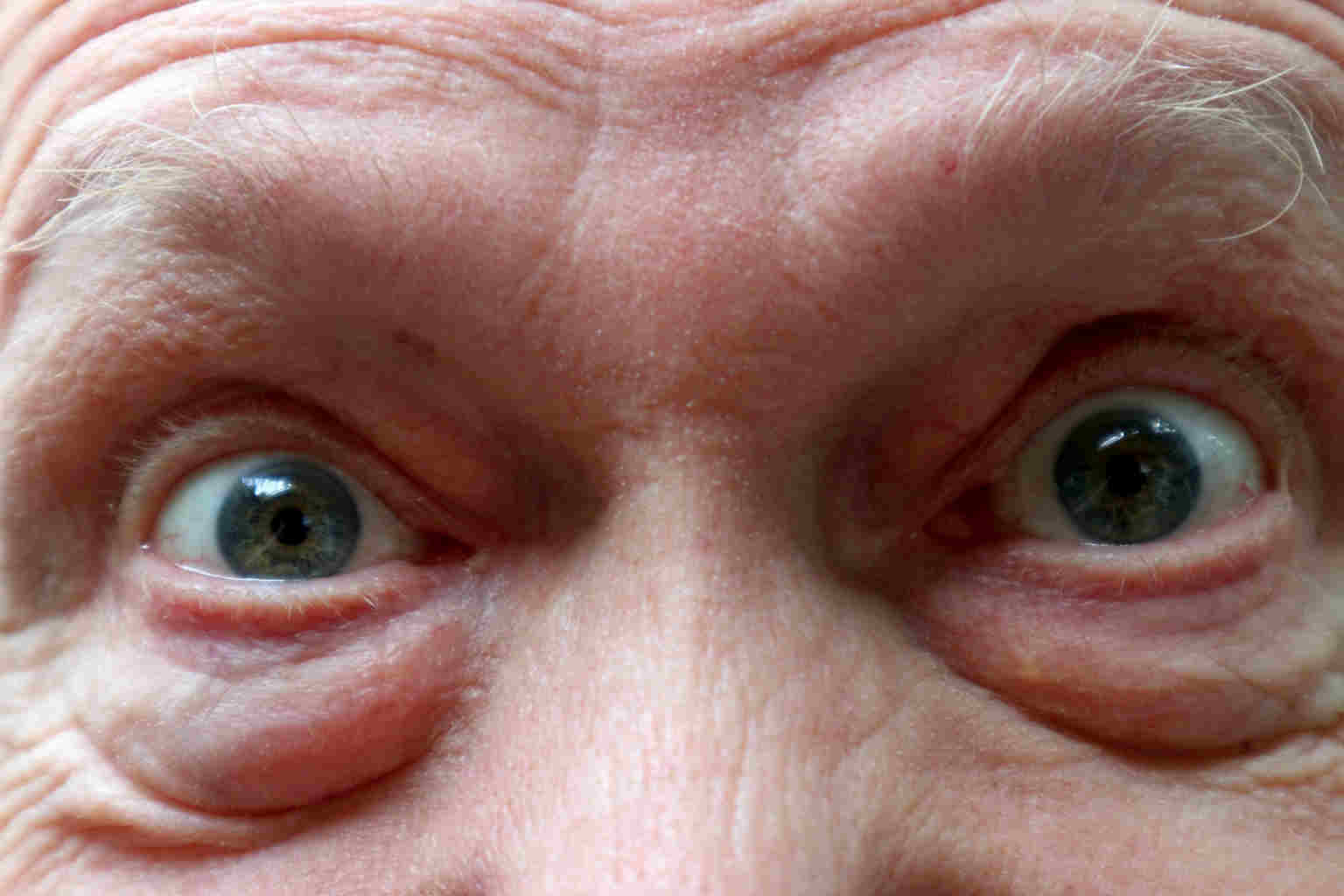Dry AMD treatment trial fast tracked
A promising treatment being trialled for geographic atrophy (GA) or advanced dry age-related macular degeneration (dry AMD) has been given fast track designation by the US Food and Drug Administration (FDA), after a Phase 2 (FILLY) trial showed intravitreal injections of APL-2 were effective in reducing the growth rate of the GA lesion (measured as square root transformation of GA lesion area) compared to sham after 12 months of treatment.
“The fast track designation represents an important recognition by the FDA of APL-2’s potential to treat geographic atrophy, a blinding disease for which there is no treatment,” commented Dr Cedric Francois, chief executive officer of Apellis Pharmaceuticals, which specialises in therapeutic compounds to treat disease through the inhibition of the complement system and makes APL-2. “The severe vision loss associated with GA makes it difficult for patients to recognise faces, read, drive a car and go about their daily lives, limiting quality of life. We believe that by slowing down the rate of degeneration through broad C3 inhibition, we may be able to improve outcomes for these patients.”
The complement system is part of the innate immune system and appears to play a key role in the development of geographic atrophy. Three complement pathways — lectin, classical, and alternative — trigger potentially damaging enzyme cascades but APL-2 is a synthetic cyclic peptide conjugated to a polyethylene glycol (PEG) polymer that binds specifically to C3 and C3b, effectively blocking all three pathways of complement activation.
The FILLY trial is a 246-patient Phase 2 multicentre, randomized, single-masked, sham-controlled clinical trial of APL-2 in patients with GA conducted at over 40 clinical sites, located in the United States, Australia and New Zealand. APL-2 was administered as an intravitreal injection in the study eye monthly or every other month for 12 months, followed by six months of monitoring without active treatment until month 18. Eyes were evaluated for GA by fundus autofluorescence photographs (FAF). The rate of GA area growth was measured from baseline to month 18. The primary efficacy endpoint was the change in GA lesion size from baseline to month 12, compared to sham.
Apellis plans to initiate a Phase 3 trial for patients with GA later this year which will consist of two identical, prospective, multicentre, randomized, double-masked, sham-injection controlled studies to assess the efficacy and safety of multiple intravitreal (IVT) injections of APL-2 in patients with GA.
























